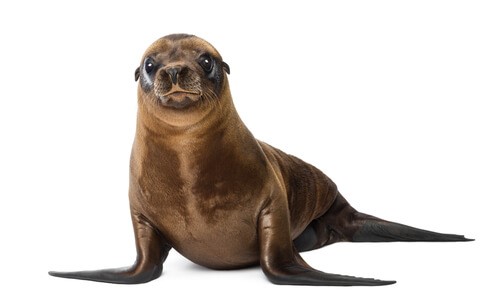7667766266
enquiry@shankarias.in
Prelims – Current events of national and international importance| General issues on Environmental ecology, Bio-diversity.
Mains (GS III) – Conservation.
Recently, a toxic algae bloom on Southern California's coast sickened dozens of sea lions and caused them to become aggressive.
Pinnipeds are a group of aquatic, fin-footed mammals that include seals, sea lions, and walruses.

Domoic acid (DA) is primarily produced by specific diatoms in the genus Pseudo-nitzschia.
The Marine Mammal Care Center in Los Angeles facing an unprecedented crisis and treating 240 animals so far in 2024.